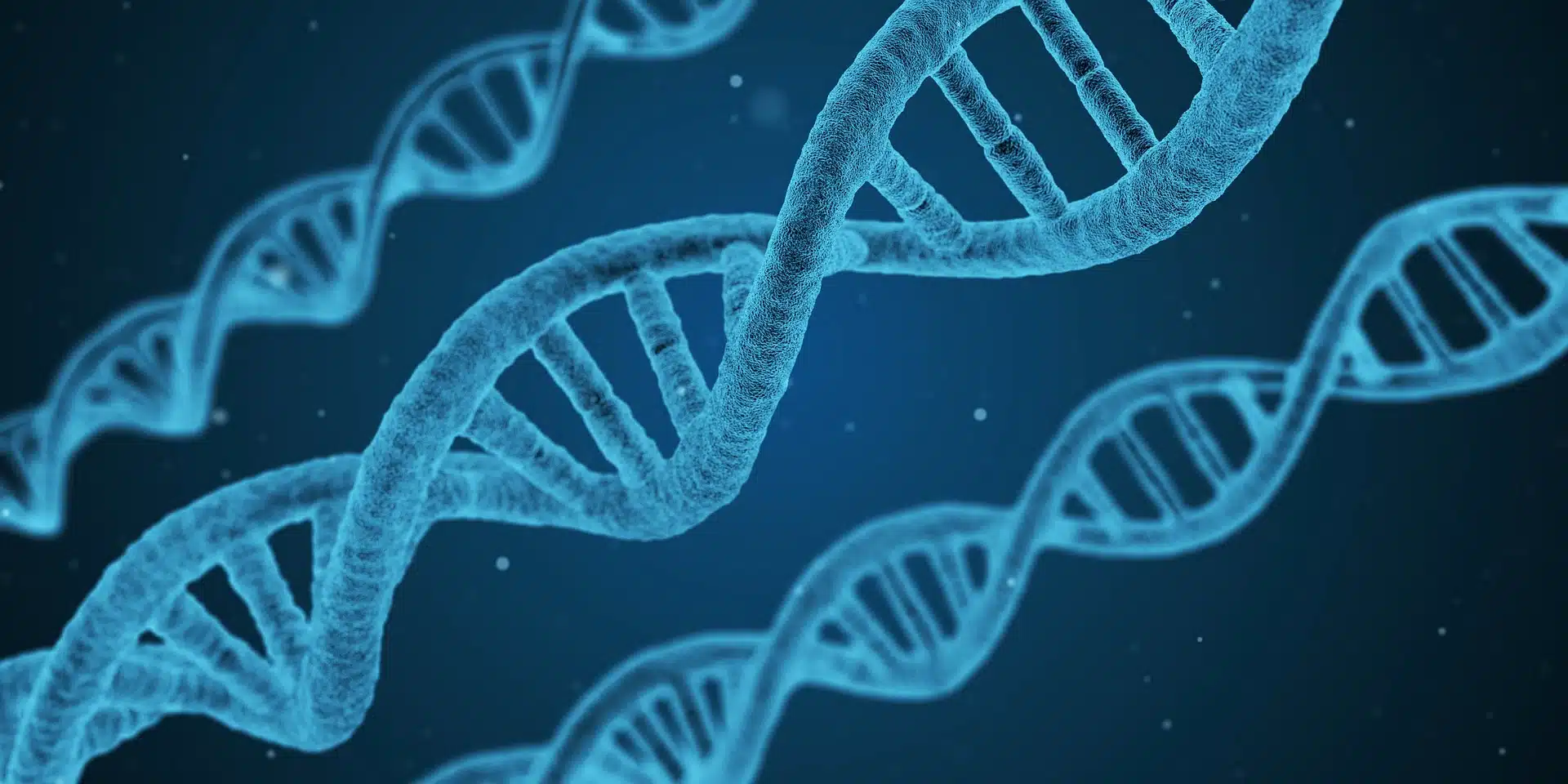Gene Mutation Leads to Epileptic Encephalopathy Symptoms, Neuron Death in Mice
December 17, 2021
Abstract, originally published in University of Illinois News Bureau
Mice with a genetic mutation that’s been observed in patients with epileptic encephalopathy, a severe form of congenital epilepsy, exhibit not only the seizure, developmental and behavioral symptoms of the disorder, but also neural degeneration and inflammation in the brain, University of Illinois Urbana-Champaign researchers found in a new study. The findings highlight the mutation as an important part of the disease’s pathology and a potential target for treatment.
Patients with epileptic encephalopathy begin having seizures when they are born, and display progressive developmental delay, intellectual disability and autismlike behavior, said study leader Hee Jung Chung, a professor of molecular and integrative physiology.
“The dogma regarding epileptic encephalopathy has been that the epileptic seizures are driving the pathogenesis of intellectual disability and developmental delay. But we wanted to answer the question, is it really just the seizures driving the intellectual disability and developmental delay?” Chung said. “This study is the first to show that expressing this human epileptic encephalopathy mutation in mice can cause not only spontaneous seizure and intellectual disability, but also neural degeneration.”
In the new study, published in the Proceedings of the National Academy of Sciences, Chung’s group, in collaboration with psychology professor Justin Rhodes and molecular and integrative physiology professors Eric Bolton and Catherine Christian-Hinman, bred a population of mice with the gene mutation. The researchers studied the mice from birth to observe whether they developed symptoms and how the mutation affected the expression of the potassium channels as well as their brains.
The mice developed spontaneous seizures analogous to human patients, who begin having seizures as infants. The mice also had an increase in mortality – half of mice with the mutation died as juveniles. The surviving mice showed significant deficits in learning and memory, as well as repetitive behaviors associated with human autistic behavior.







